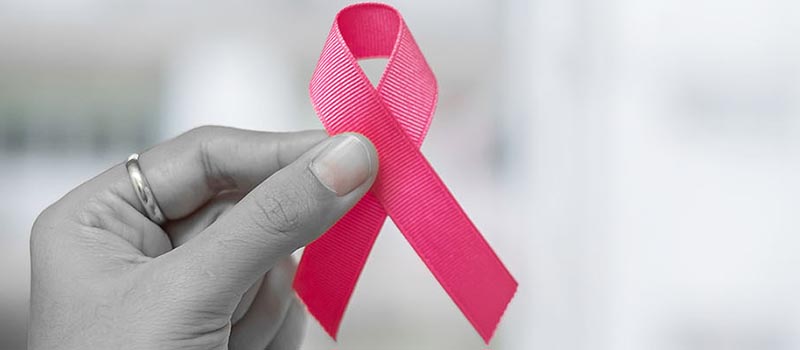Benign Breast Issues
Women can experience a variety of issues with their breasts throughout different stages of their lives. Fortunately, not all lumps, masses or other abnormal breast findings turn out to be cancer. However, in some cases, benign breast conditions and diseases may increase the chances of developing breast cancer later on in life. That's why it's important to consult your physician if you notice changes and/or experience pain in your breasts.
Make an Appointment
Find a breast health specialist close to home and make an appointment today.
Fibroadenomas
Fibroadenomas are common benign tumors of the breast. They are made up of an overgrowth of both the glandular and supporting tissues of the breast. Most often found in women between the ages of 15 and 35, fibroadenomas are affected by women's hormone levels and can grow larger during pregnancy or smaller after menopause. They are often found during physical exams as a smooth, firm, painless mass in the breast.
Fibrocystic Breasts
You have probably heard the term “fibrocystic breasts”. This is a broad description for a benign breast tissue condition that leaves the tissue feeling fibrous (as in thickened and rope-like) and cystic (or lumpy). Fibrocystic breasts occur due to swelling of the glandular tissues of the breasts caused by changes in the menstrual cycle hormones (estrogen and progesterone).
Women commonly notice the following:
Breast Cysts: Many women experience breast cysts at some point during their lives, mostly before menopause. A breast cyst is a fluid-filled sac in your breast. It can be caused by a number of reasons, such as hormonal changes, breast surgery, breast reconstruction, or an injury to the breast. If you and your physician have detected a lump in your breast, you may be referred for a breast ultrasound or fine needle aspiration (see breast diagnostic services). Generally, a breast cyst does not need treatment. Surgical removal of a cyst is only recommended in unusual circumstances. Our breast health team will discuss monitoring and managing breast cysts with you.
Breast Pain: Breast pain is a very common complaint. Occasionally, there is a history of trauma to the area where the pain is felt. However, in the majority of cases, breast pain has no identifiable cause. The symptoms of breast fullness, tenderness, and nodularity usually occur during the late phase of the menstrual cycle. The diagnosis of breast pain is clinical. Your doctor may order imaging studies, such as a mammogram or an ultrasound. A clinical breast exam by an experienced doctor should also be performed. Breast pain is usually self-eliminating, meaning that it will eventually go away on its own. It is important to note that cancer usually does not present as pain, and breast pain rarely, if ever, is caused by anything that needs further treatment.

